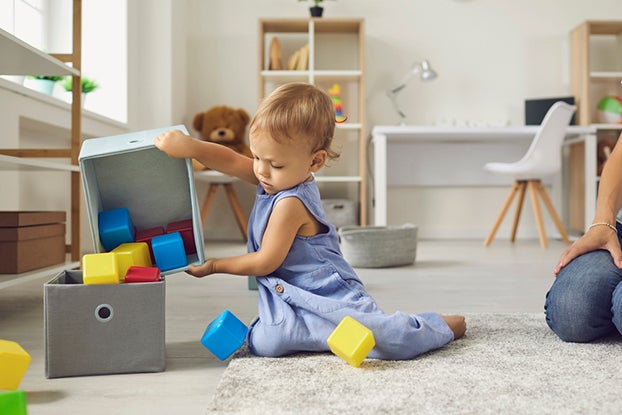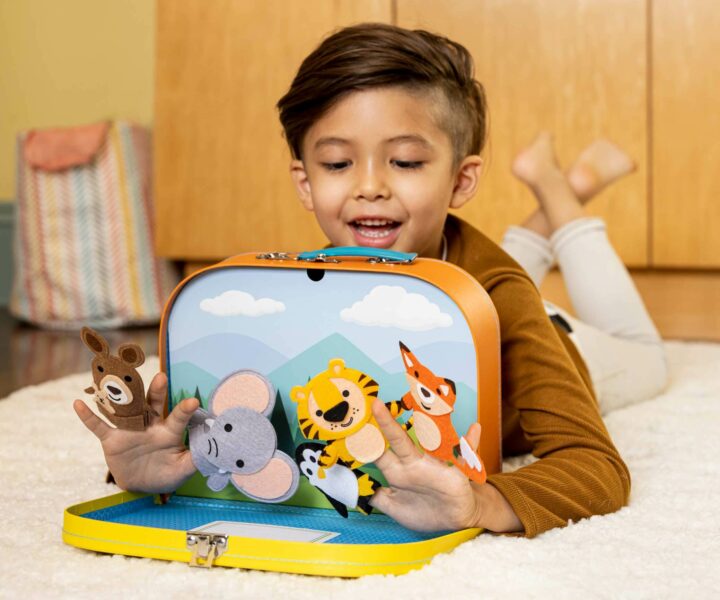by Stephanie Dua, Founder & CEO, Learn with Homer
Every parent knows that learning to read starts at home. Follow these tips to make learning fun and fruitful.
1. Read aloud together every day. When you do:
- Show your child the cover page, as well as the names of the authors and illustrators.
- Read stories slightly above your child’s level.
- Ask a prediction question, such as, “What do you think will happen?” or “I wonder if… “
- Ask a why question or two, such as, “Why did she go to the doctor?”
- Pick a detail or two in the story and wonder about them out loud. Relate them to your everyday life. “What a fluffy bunny! When did we see a fluffy bunny?”
- Help children remember new vocabulary by slipping new words into everyday speech.
2. Choose a wide range of books
What’s the best way to choose a great book?
- When flipping through a book, keep two questions in mind. First, does it interest you? If the answer is yes, chances are it will interest your child. Second, will you want to read it aloud more than once? If so, it’s probably a good pick.
- Try to choose stories with strong vocabulary and engaging characters, rich in human experience and emotion.
- How are the illustrations? Do they draw you into the story?
- Don’t forget non-fiction! Some experts recommend up to half your child’s reading should be non-fiction. Explore topics like history, science, art and nature.
3. Don’t over-invest in alphabet books!
It is easy to think alphabet books will teach reading, but they don’t.
When introducing the alphabet, focus on lowercase letters. They make up 99 percent of what we see in print.
More than anything, focus on practicing the sounds the letters make and hearing the number of sounds in a word. This is much harder for children than it may be for you, so don’t worry if your child can’t hear them at first. Just keep trying.
4. Carefully select apps for toddlers and preschoolers
As parents, we’re pressed for time — and it’s not always possible to monitor every interaction our children have with technology. Save yourself the guilt by spending 15 to 20 minutes researching and test-driving the apps before making a commitment. I often use Common Sense Media and Appolicious as resources.
5. Build storytellers through reading and music
Growing up, our family would take turns adding to a story over dinner. I’ve kept the tradition alive and do the same over Sunday night dinners with my girls. It’s a wonderful way to build young storytellers — plus the stories can be ridiculously fun!
Music is also a great way to teach storytelling and rhyme. Folksongs like “Froggy Went a Courting” or nursery rhymes from Mother Goose teach children how to engage listeners through language and the spoken word.












